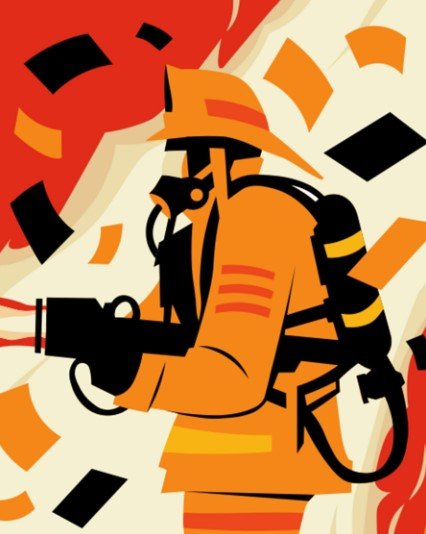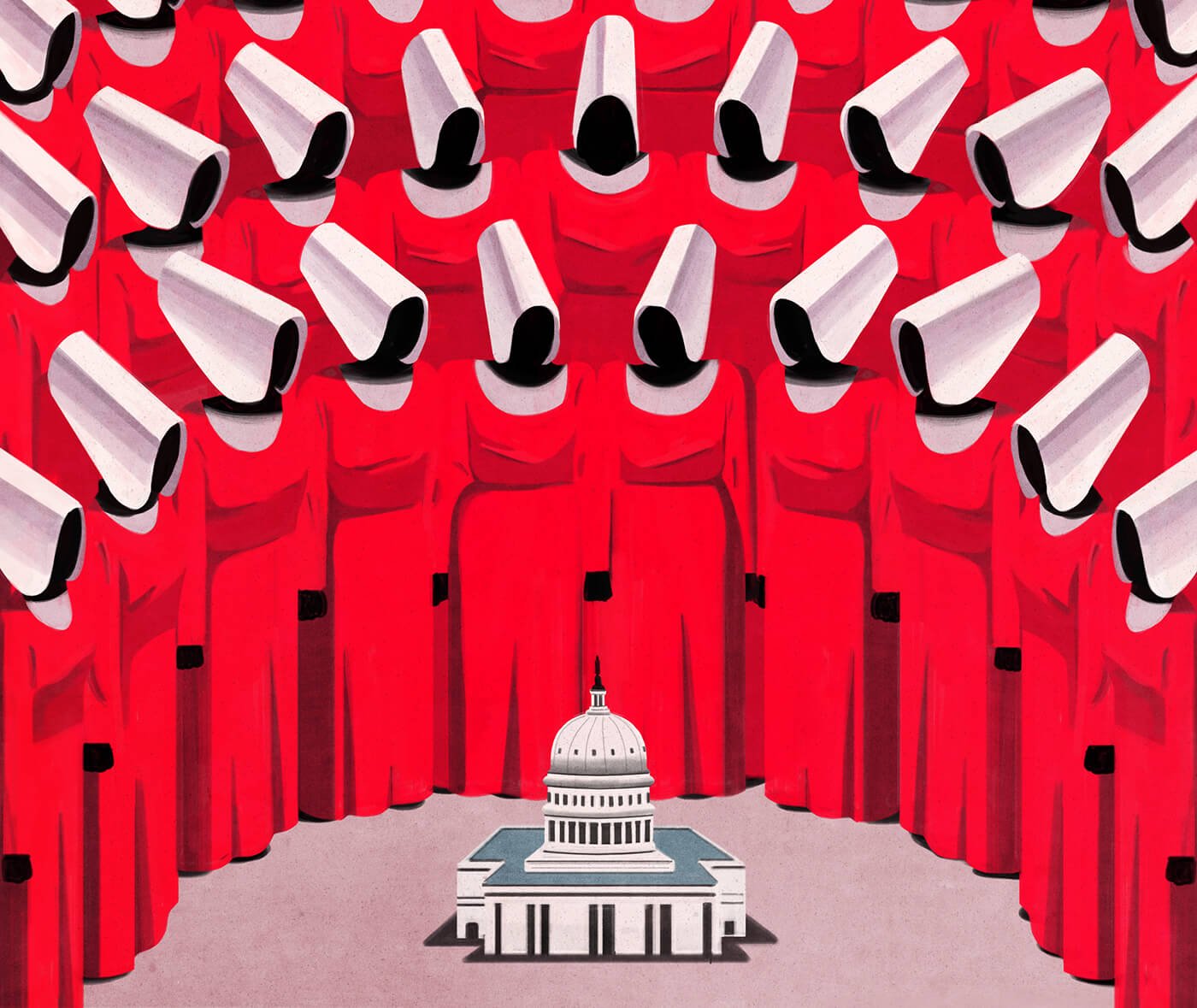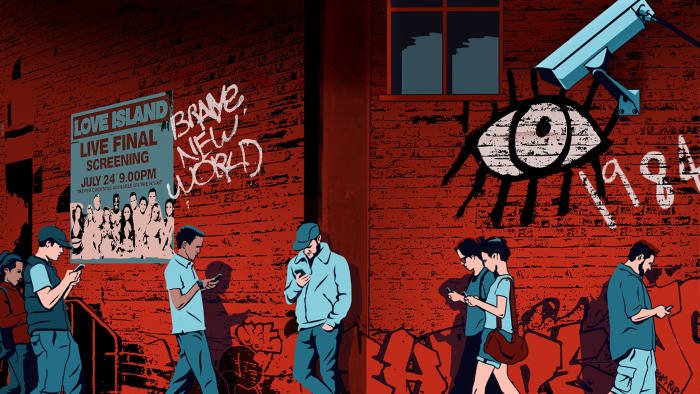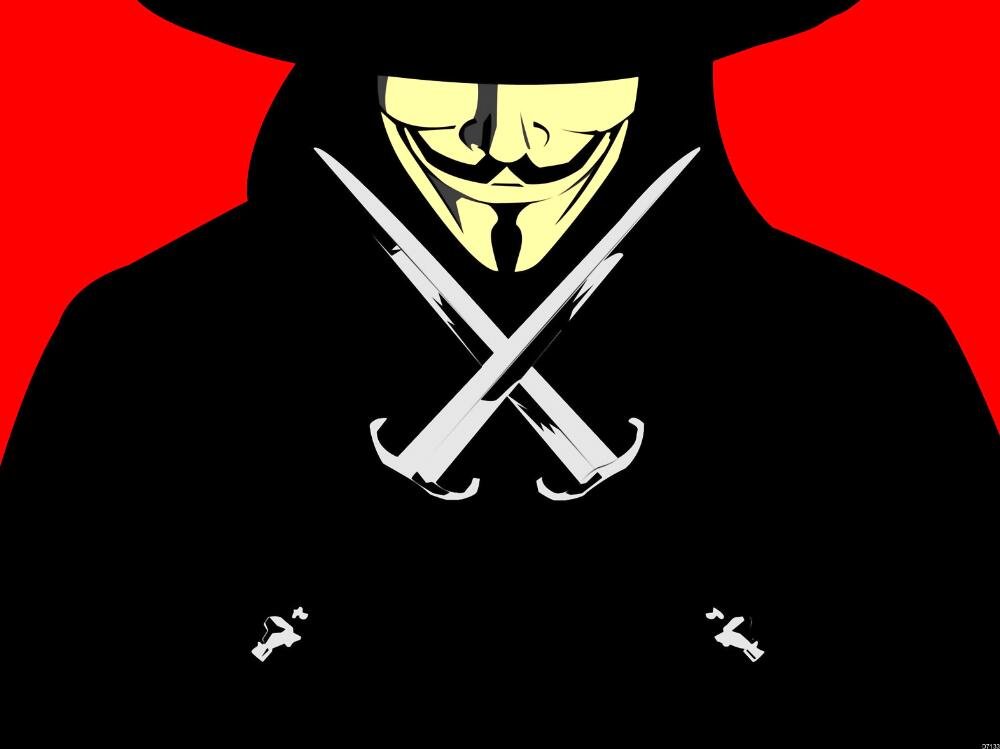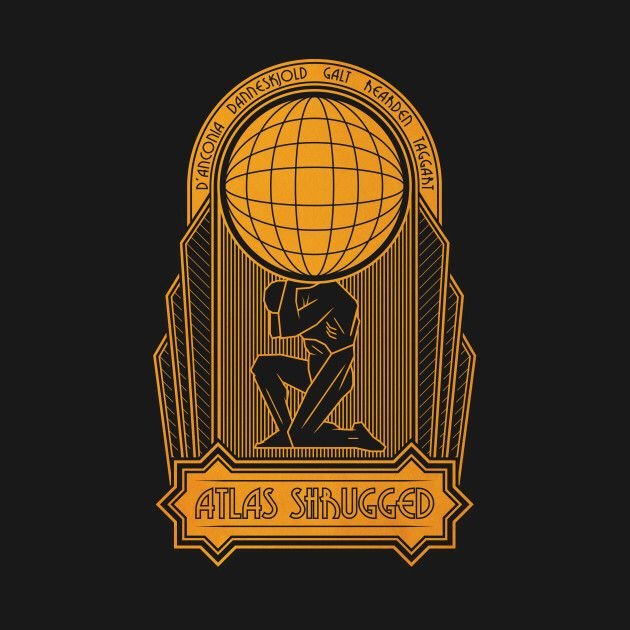WHAT IS the purpose of Dystopian Fiction?
The term “Dystopia” is a genre of fiction that deals in the realm of speculative creative thought and is a literary device used by writers to present a vision of the future that challenges readers to reflect current social and political environments. Deriving from Sir Thomas More’s Utopia, dystopias are a “bad place” that arise from governments, societies and/or organizations seeking to create the “perfect place.”
The Four Types of Dystopian Fiction
As a general, high-level overview, there are four different types of dystopias that the twentieth century gave us: Orwellian, Huxleyan, Kafkaesque, and Phildickian.
Orwellian: Rule by an autocratic totalitarian party or elite group that limits choice through oppressive means such as repressing speech and suppressing minorities.
Huxleyan: Rule by democratic, totalitarian, capitalist, and/or technocratic systems. A surplus of choice is offered as control and is realized through desire, debt, narcotic, technical necessity and implicit threat of violence.
Kafkaesque: Rule by bureaucracy. Bureaucratic “red tape” is the form of control that is used to frustrate and dehumanize citizens of a society through pointless affairs. Here we find a state of affairs which permits and encourages those systems that demoralize society, especially those who threaten “management.”
Phildickian: Rule by replacing reality with abstract totalitarianism, or rule by disengagement. The conversion of social spaces such as classrooms, offices, markets, and even prisons into “immersive” online holodecks with positive and negative reward systems for participants.
Elements and characteristics of dystopian Fiction
The central themes found within dystopian novels and stories generally contain a number of different elements and characteristics, the most these common among these being:
Government control
Destruction of the environment
Control through technological constructs
Survival
The loss of individualism to collective ideology
Dystopias are rampant fear, distress, tyrannical governments, environmental disaster, economic blunder and other characteristics that are associated with a cataclysmic decline in society that has normally results from a promise for societal perfection. Below are examples of popular dystopian fiction that depicts both the type and elements of a dystopia.
What is an Example of a Dystopian World?
Many fiction authors and writers have extrapolated real world problems into dystopian worlds and societies. The best examples of dystopian worlds include the pleasure-based society in Aldous Huxley’s Brave New World, George Orwell’s government oversight in 1984 and in Alan Moore’s V for Vendetta, and the religious dogmatism in Atwood’s The Handmaid’s Tale. Ray Bradbury depicts a phenomenal dystopian world with the censorship of free speech in Fahrenheit 451, and more recently, Neal Shusterman has entered the dystopian realm with The Unwind Dystology which poses heavy questions of the value of human life and personal choice.
Kawika Miles is an American dystopian author who indulges in conversations of faith, family, and freedom. As a long time patriot, Kawika understands that only liberty minded individuals can save the future from the dystopian nightmare it is tumbling down, protecting the sanctity of life and individual independence. Read his debut novel Saga of the Nine: Origins today!





